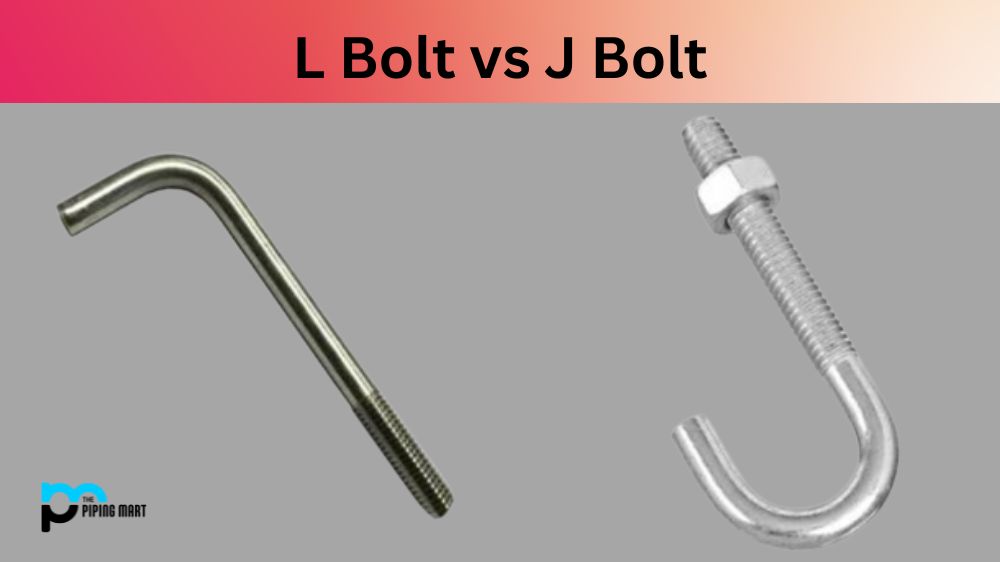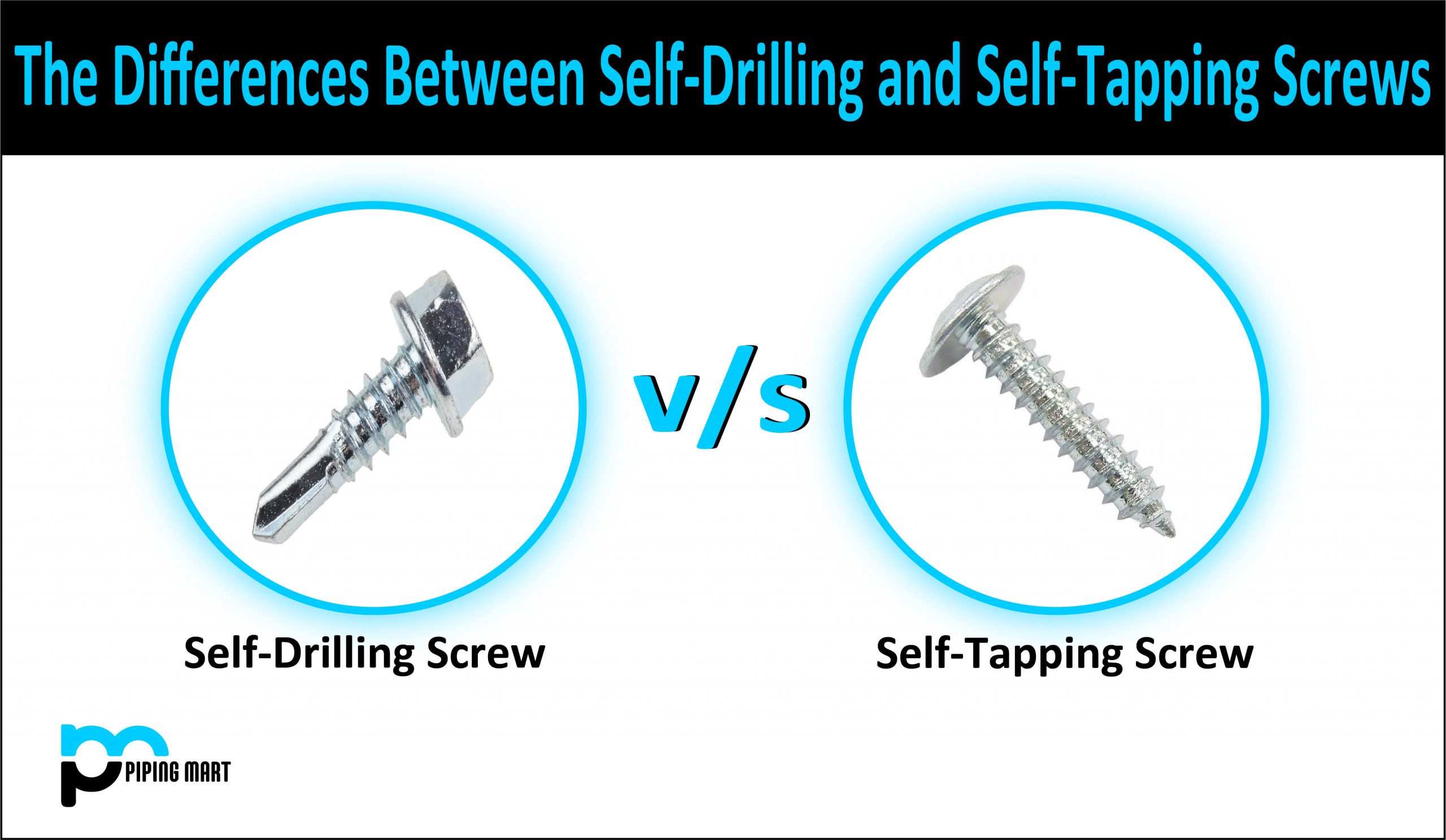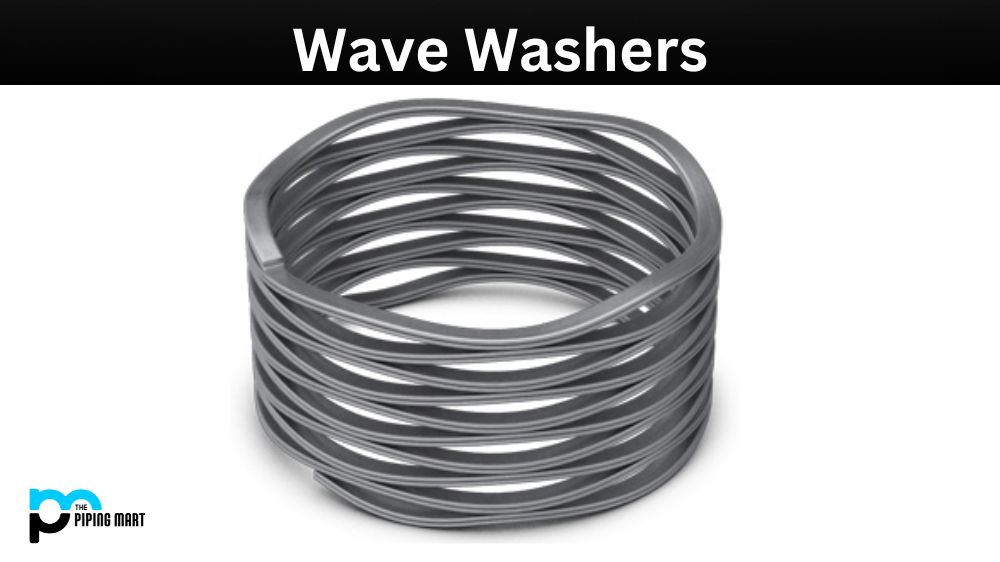When it comes to bolts, there are many different types and styles available. Two of the most commonly used bolts are L bolts and J bolts. They may look similar, but they have different uses and applications. In this post, we will discuss the differences between the bolts to help you determine which is best for your project.
What is L Bolt?
L Bolt is a revolutionary new type of door lock with a unique combination of keyless convenience and extreme security. The lock integrates advanced biometric technology, including fingerprint scans, facial recognition, voice verification and even palm scanning, to provide unprecedented security for home or business access. It also comes with cutting edge encryption technologies to ensure all data transmitted to the device remains secure from outside interference. With the L Bolt, you can know your property is protected from intruders or unauthorized entry.
What is J Bolt?
J-Bolts are a fastener consisting of a U-shaped metal bolt with a threaded shaft. They are often used to secure objects in masonry, concrete or wood applications. They can be used for indoor and outdoor applications, providing an easy way to securely attach items such as handrails or scaffolding. J-Bolts provide strong and durable connections that stand the test of time and weathering. Their versatile design allows installation in tight spaces where traditional bolts may not fit easily.
Difference Between L Bolt and J Bolt
Shape and Size
The most obvious difference between L bolts and J bolts is their shape. L bolts are shaped like the letter L, while J bolts are shaped like the letter J. L bolts have a straight section with a 90-degree bend at the end, while J bolts have a curved section with a 180-degree bend at the end. In terms of size, J bolts are usually larger and thicker than L bolts because they are designed to support heavier loads.
Uses
L bolts are typically used to attach wood-frame structures to concrete foundations. They are also used to secure concrete walls and columns to the foundation. L bolts are ideal for applications where the bolt needs to be flush with the surface of the concrete. On the other hand, J bolts are commonly used to anchor light poles, signs, and other structures to concrete. They are also used in construction to secure beams and columns to concrete foundations. J bolts are ideal for applications where the bolt needs to protrude above the surface of the concrete.
Installation
Both L bolts and J bolts are installed similarly. A hole is drilled into the concrete, and the bolt is inserted. Once the bolt is in place, a nut is tightened onto the threaded end to secure it. The main difference in installation between the two bolts is the orientation of the bolt. L bolts must be installed so that the 90-degree bend is flush with the surface of the concrete. On the other hand, J bolts are installed so that the curved section protrudes above the surface of the concrete.
Strength
Both L bolts and J bolts are designed to anchor structures to concrete, but J bolts can typically support more weight. J bolts are thicker and larger, making them ideal for applications where heavy loads need to be supported. L bolts are designed for lighter loads.
Conclusion:
The main differences between L and J bolts are their shape, size, uses, installation, and strength. L bolts are ideal for applications where the bolt needs to be flush with the surface of the concrete and for lighter loads. J bolts are larger and used for heavier loads, and ideal for applications where the bolt needs to protrude above the surface of the concrete. Understanding the differences between the bolts will help you choose the right one for your project, ensuring a successful and safe installation.

A passionate metal industry expert and blogger. With over 5 years of experience in the field, Palak brings a wealth of knowledge and insight to her writing. Whether discussing the latest trends in the metal industry or sharing tips, she is dedicated to helping others succeed in the metal industry.




